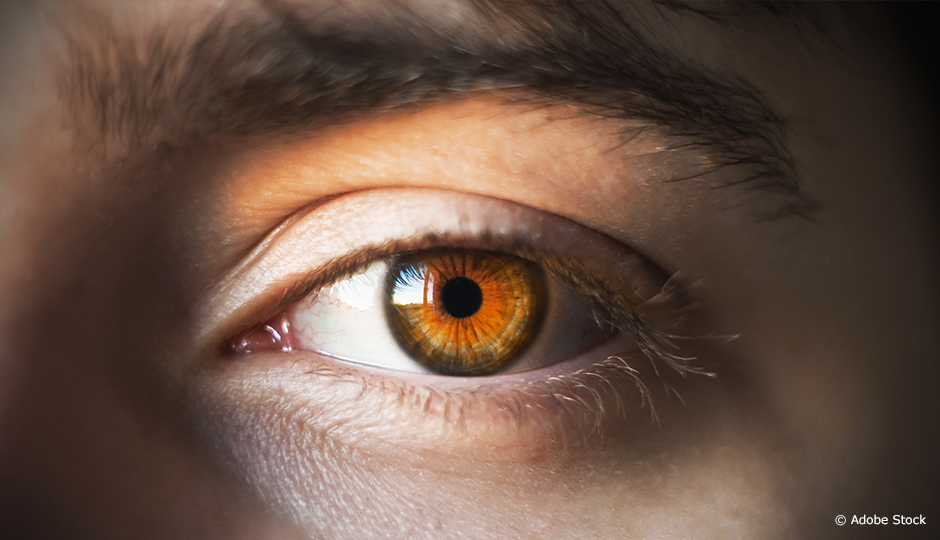
Corneal ulcers and perforations constitute public health issues in Canada and around the world. Perforations in particular require emergency care and are commonly sealed with cyanoacrylate glue to save the eye. However, because the glue is toxic, patients will lose their sight without an eventual corneal transplant. May Griffith, researcher at the Centre de recherche de l’Hôpital Maisonneuve-Rosemont affiliated with Université de Montréal, Canada Research Chair in Biomaterials and Stem Cells in Ophthalmology and Caroline Durand Foundation Chair in Cell Therapy for Eye Diseases, has found an effective and accessible solution to get around these problems: LiQD Cornea, a synthetic, biocompatible and adhesive liquid hydrogel.
The hydrogel has a biological effect and fosters tissue regeneration to successfully treat tears.
Simple to apply, LiQD Cornea sets on contact with corneal tissue and is a long-lasting solution to close a perforation, rather like a dental filling in a tooth. However, unlike filling material, the hydrogel has a biological effect and fosters tissue regeneration to successfully treat tears. With advancements in research and development, LiQD Cornea could eventually replace corneal transplants, which remain costly procedures that require cutting-edge expertise and medical facilities that are few and far between, especially in developing countries. What’s more, there is a significant shortage of donor corneas worldwide.
Led by a multinational team, this innovative ophthalmological approach has been proven effective in animals. May Griffith and her collaborators are now working to get the green light to conduct clinical studies in humans. Within the next three to five years, LiQD Cornea could be used on patients.
